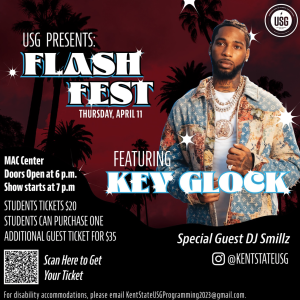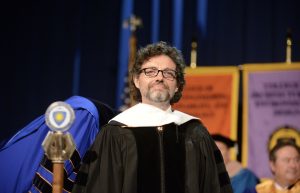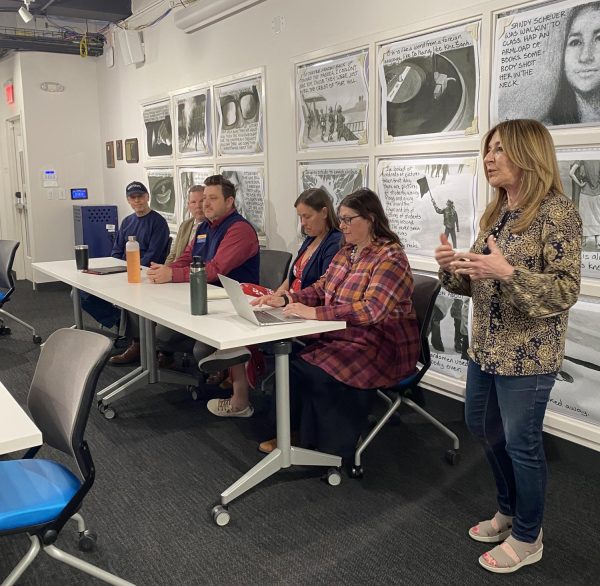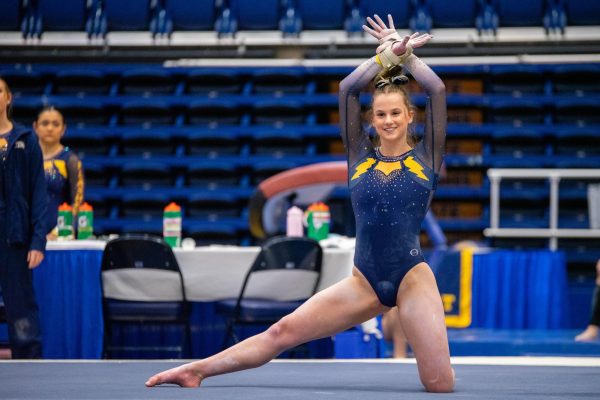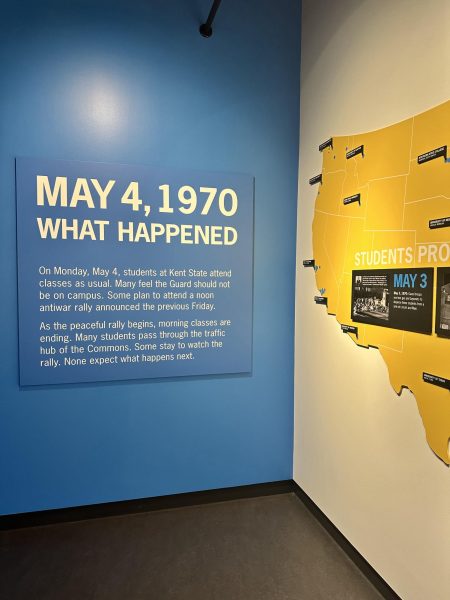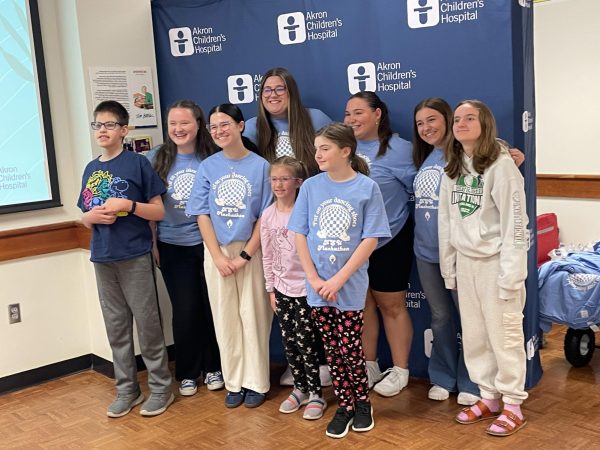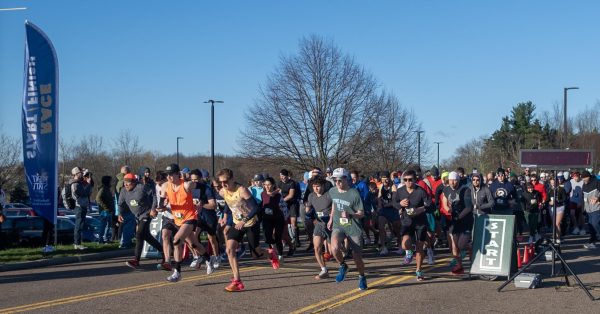Marketing professor moves classroom online
March 13, 2009
Emily Billak has 583 classmates in Principles of Marketing.
To accommodate students of the “millennium generation,” associate marketing professor Larry Marks has made the course Web-based, while still giving a weekly classroom lecture.
Billak, a sophomore sports administration major, enjoys Marks’ class.
“I really like it because it you can easily miss class and just watch it whenever you’re free,” she said in an e-mail. “I think more classes should have this opportunity, but then it would lead to a lot of students skipping class and just watching them online whenever you wanted.”
To Marks, that’s the point.
“They want to be there, but they can’t,” Marks said. “Then there are those who want to do the work when they want to do it, such as at 1 a.m. or on the weekends when they have time. What I want is to engage with students who want to be there. I wanted to create a classroom situation which appeals to and works for all of today’s students.”
Marks teaches his class of 275 students in Bowman Hall every week. He lectures in a traditional manner, except for the videographer taping the class from the back of the room.
Then he converts the video, along with any PowerPoints he’s used, into a Webcast using a program called Camtasia. He saves this information, providing an archive of the class for 24/7 viewing. This is how he reaches his other 308 students.
“Today’s students are technologically affluent,” he said. “They are influenced by the freedom that mobile telephones and Internet allow them.”
Marks recognized that although students use technology, a good portion who come to large campuses like Kent State want to be in classes with a student and professor interaction.
“Whether this works depends on your goals and objectives,” Marks said. “It might not be as effective in a class that requires a lot of hands-on instruction.”
But Principles of Marketing isn’t exactly hands-on. Marks explained how he grades the students in his lecture-based class.
“I post ‘mini-tests’ each week to aid in learning and keep the students engaged in the class material,” he explained. “They’re 10-question, timed tests that they can take as many times as they like before the end of the week. That’s 50 percent of their grade.”
He explained that the other 50 percent involves going to the Business and Administration Building, showing identification and taking a final based on the questions from the quizzes.
“It’s the only required appearance,” he said. “This reduces the concern over who is taking the quizzes during the semester. If the student has not been studying, they will presumably do poor on the final.”
Marks also said he provides bulletin boards for students to leave feedback and comments. And he stays on top of e-mails.
“I check my e-mail constantly,” he said. “I check it in the morning, after classes, on lunch, before bed – I think that’s what makes it work.”
Rick Schroath, associate dean of the College of Business, teaches his classes using similar techniques. He also records his lectures, requiring students only to drive out for the final.
“Students don’t mind driving,” he said. “They just don’t want to drive out 15 times a semester. Recording my lectures allows students to re-watch them again and again at their own pace.”
Schroath calls this type of online class “blended learning.” It’s using the Internet to teach but also keeps the student-teacher class setting. He and Marks began looking into online class options in 1995. Some of the inspiration came from similar class structures used at the University of San Francisco.
“It was a whole lot of effort at first,” Schroath said, “but it was also a start to learning.”
Marks said he worked seven days a week at first to get everything going. But now he only spends about an extra hour a class. He said it’s worth the extra time to him.
“I get lots of positive feedback,” he said. “And I get to enjoy what I love doing: Talking to students, not just a computer.”
Schroath agrees that it’s all been worth the effort.
“I had a student who wanted to go over more problems in class, so I did,” he said. “Then I got students who said they were disappointed that there wasn’t enough lecture time to get to chapters they wanted to cover in the book.
“Now I can provide the best of both worlds, posting lectures online and leaving more class time to go over examples.”








